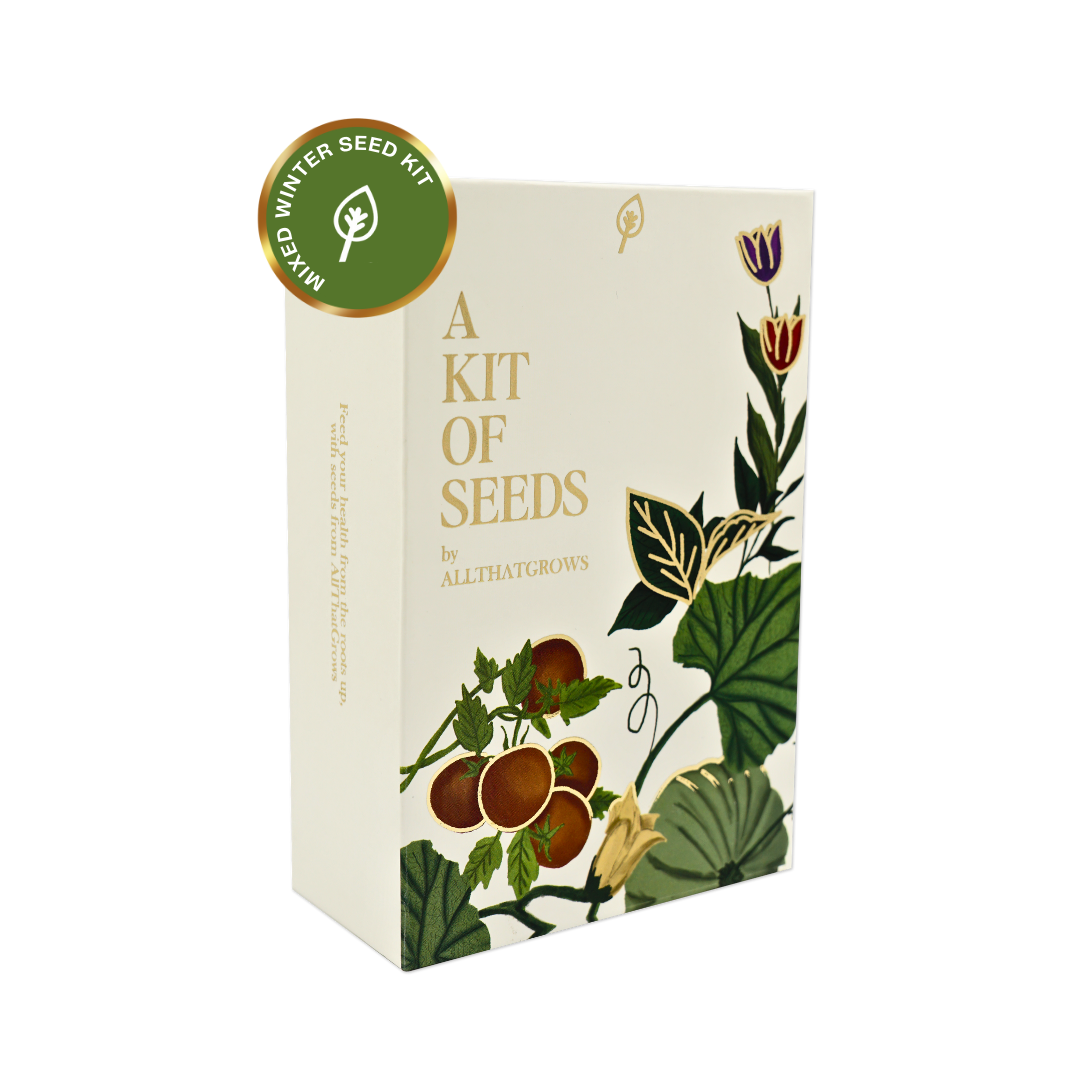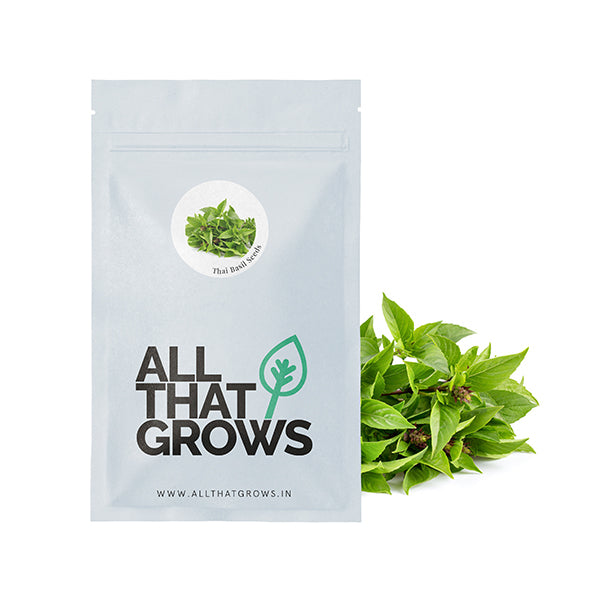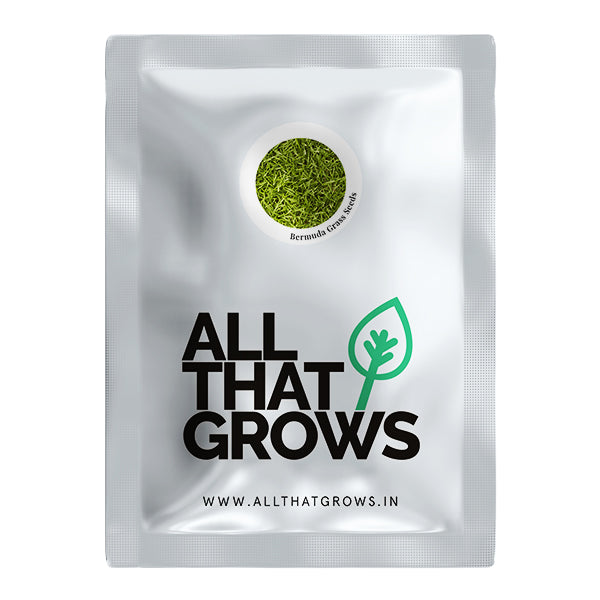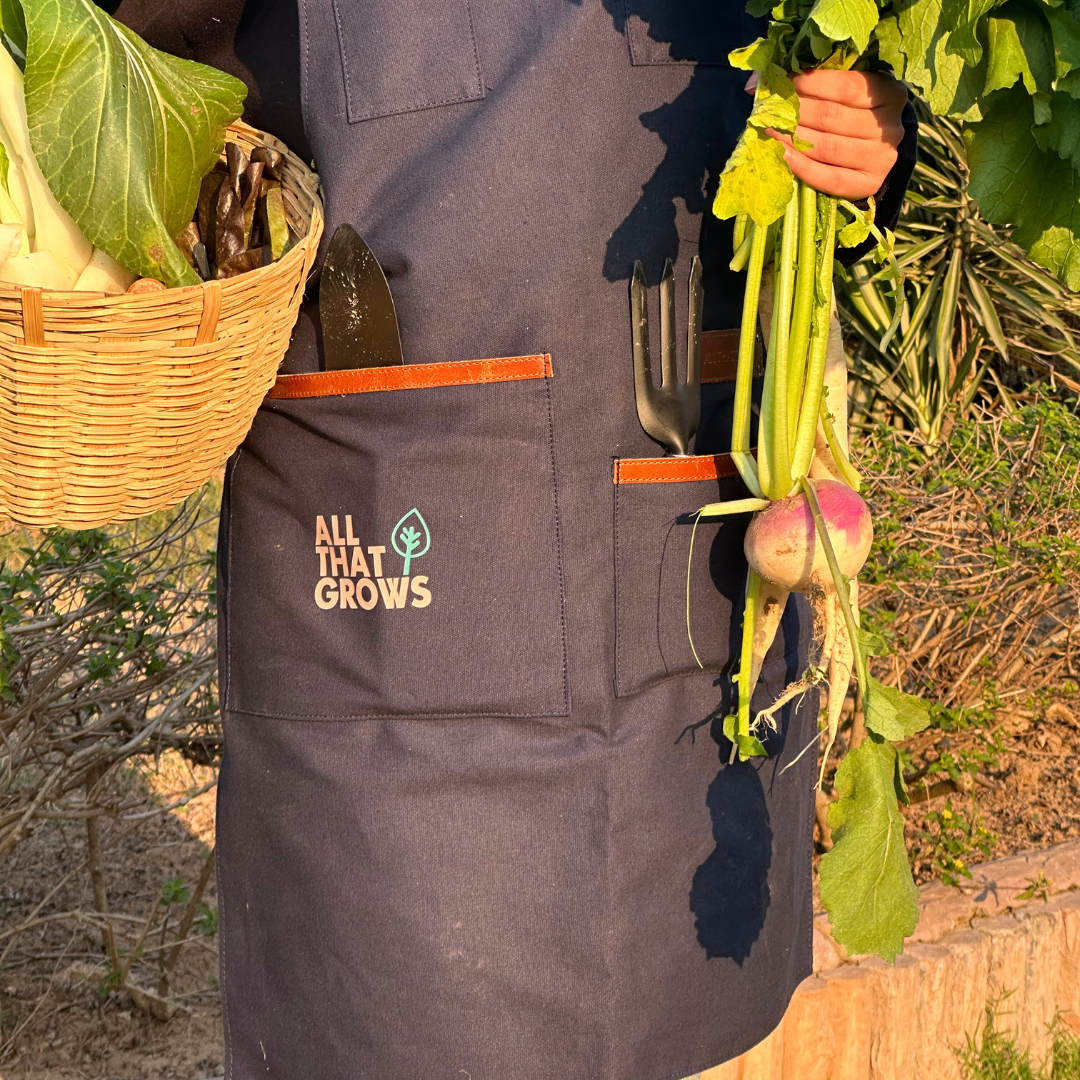- Details
- How to sow
- Reviews
An annual plant, Sunflower defines summer with its daisylike flower faces of bright yellow petals. They emerge as dense petals of the richest frilly golden yellow that are packed clear to a brown center. Giant Sungold is long lasting in the garden and in the vase.
Planting instructions
Sunflowers should be sown directly outdoors (recommended), since their long roots need space to develop and cannot be grown in congested environment.
After the last frost, plant several seeds together in groups of 2-3 seeds, 1/2" deep. Thin to one plant when true leaves appear.
The seeds will begin to germinate in 8-10 days.
Sunflowers dislike root disturbance and do not transplant well. Grafts should be kept inside for no more than 4 weeks prior to setting out.
Growing Requirements
pests
The main threat for sunflowers are birds and squirrels.
soil
They prefer loamy and clay soil that have a pH between 5.5 - 6.2. Avoid sandy soil.
spot
They grow best in full sun or in partly shady areas.
temperature
They grow best in a temperature range between 21-24°C [70-75°F].
watering
Keep seed slightly moist, but not wet. Water regularly to keep the seedlings moist. Avoid overwatering, since this can cause disease.
how to harvest
Harvesting Flowers: For continuity, sow a succession of sunflowers every fortnight for six weeks in the early part of the growing season. In hot summers, each cycle of sowing to blooming will take about 60 days.
For fresh flowers, trim the stems 1½-2 inches in length and at an angle of 45 degrees. Peel away any leaves that will descend below the water level; place the stems in water immediately and allow them to endure for several hours in a cool room before placing in a vase. Make sure to change the water every few days. Blooms can last up to a fortnight when kept in water.
Harvesting Seed: To dry sunflower seeds, trim the heads off when they begin to yellow at the back and hang them upside down to discourage birds and squirrels.
As the heads ripen, they will drop their petals; the back of the head will turn from green to brown, and the seeds will develop a hard coating.
Once dry, rub the seeds off and soak overnight in 4 litres of water with 1 cup of salt in it. The dark-seeded varieties are mainly for oil and birdseed. The grey and white-striped varieties are for drying and feeding.
Take out the seeds by gently rubbing the dried heads. Store the seeds in a cool, dry spot.

The productiveness of any seed we sell is subject to your local climatic conditions*, the sowing method you adopt, and your commitment to the planting process. We give no warranty, expressed or implied, and are in no way responsible for the produce.
Please note that all our seasonal recommendations/ sowing information is as per the local climatic conditions. *For more information on the optimum conditions required for growing seeds in your region, please contact us at, hello@allthatgrows.in or Whatsapp us at, +91 8544865077
Questions & Answers
Have a Question?
Be the first to ask a question about this.


















